There is hardly anyone living in Collier, Lee, Hendry, Desoto, or Charlotte counties who did not experience some type of hardship from Hurricane Ian, from losing a few roof shingles or fence panels to the complete loss of their home and all of their personal belongings.
The storm wiped out a vast number of homes and businesses and will clearly have an effect on the future of the real estate market in Southwest Florida.
There are basically two schools of thought on what people think will happen going forward as it relates to property values, the amount of inventory of available homes on the market and how long they remain there, sale prices, and a lot more.
There is a faction of those who feel that no matter what, the Florida real estate market will always be attractive to people who may be retiring and want to get away from the cold weather up north and those who want a parttime winter retreat in our area, and another set of people who feel enough is enough, will not rebuild or stay here and that the market is doomed.
When you add in the interest rates for mortgage loans and a national inflation rate that is affecting people’s buying power and housing all across the country, the future appears to be less than clear for the local housing market.
The History of Florida Real Estate and Natural Disasters
There are those who believe the market may experience a brief reduction in potential Southwest Florida buyers but in the long run, things will bounce back stronger than ever, and they remain positive.
In the past, hurricanes like Donna in 1960, Hurricane Irma in 2017 and Hurricane Andrew that devasted the Southeastern coast of the state can be seen as prime examples of how severe weather can affect the real estate market.
After Irma, many suffered structural damage to their homes in Southwest Florida and other parts of the state, but the reality is that the housing market continued to grow.
The head of a large condominium development firm in Southeast Florida pointed out on CNBC that “people will always want to continue to live in Florida,” and “these storms are part of living here, they don’t happen very often, and Florida is prepared to handle them.”
He also said that as a result, building codes were updated so that new construction is designed to withstand severe weather events.
By looking at the overall market after Irma, it appears he was right.
Rebuilding after a major disaster like Ian – Florida’s worst natural disaster in its history – will be a long, arduous process, and result in a different kind of building than previously.
People have a strong desire to live by the water, but Ian sadly demonstrated how risky that can be. On places like Pine Island, Matlacha, Bokeelia, Sanibel and Captiva Islands, and Fort Myers Beach, properties will never be the same again.
Not only were thousands of residential and commercial structures washed away, but the land they were built on is completely gone, in many cases.
How rebuilding existing buildings that remain partially intact and erecting totally new structures on the land that still remains plays out is largely unknown at this time.
The one certainty is that the visual look and atmosphere will be different, minus thousands of older homes, cottages, condominiums, and restaurants, but likely replaced with new construction designed to withstand stronger winds and storm surge, built higher off the ground than before, and with new zoning laws that regulate things like total number of residential units in a specific project, proximity to adjacent buildings and much more.
A local real estate sales professional with decades of success in Southwest Florida was quoted on a local television station as saying for each person who wants to leave the area, there are two others who still want to relocate here.
He points out that coastal living will change to resemble structures like those along Barefoot Beach in Bonita Springs and will become the norm, with designs that feature the actual living area at least one level up from the ground level.
He also thinks that places farther away from the water like Gateway, Lehigh Acres and Babcock Ranch will see an influx of buyers who want the Southwest Florida lifestyle with less risk of being affected by severe coastal storms.
But perhaps his most important takeaway is that no one – whether a buyer or seller – should take a knee-jerk reaction to the market after Ian’s devastation.
Fear and uncertainty should not be your motivation to buy or sell, but rather a well-reasoned, informed decision is your best response in this situation. It’s not hard to imagine a family who lost literally every possession they own and the home they may have lived in for decades saying they have had enough of this area and are moving elsewhere.
These people may be subject to a “hurricane fear”-based rationale for selling and may be at risk of taking the first lowball offer that comes along by someone looking to take advantage of their paranoia.
If you are able to do so, the smart choice is to take a wait and see approach to determine exactly what the market is doing locally, consult with a reputable local REALTOR® about your home’s value and take a deep breath before putting your property on the market.
Interest Rates, Homeowners Insurance Two Looming Questions
In Florida, there is no question that the property insurance industry is in turmoil, and home of the highest homeowner’s insurance rates in the country.
Companies are going out of business by the handful, and the remaining ones are denying damage claims by the thousands. Rates are skyrocketing, and the aftermath of Hurricane Ian has brought more scrutiny on home repair vendors who show up at a home uninvited and offer to give you a new roof at no cost.
They are telling owners they need to sign an Assignment of Benefits agreement, or AOB, in order to get the repairs they so desperately need.
What this does is put control of payments from your homeowner’s insurance company completely into the hands of your roofer, drywall people or other company, which has been called a major cause of insurance fraud.
Your insurance carrier will then only communicate with the vendor, taking you completely out of the loop when it comes to how much your construction project will actually cost, and how the vendor gets paid. Florida Governor Ron DeSantis enacted a bill to regulate this type of potential insurance fraud and it outlines what a legitimate AOB must contain in order to be valid, plus what it cannot contain, among other provisions.
Unfortunately when you have water entering your home and so much mold that the dwelling is rendered uninhabitable, you are often willing to sign an AOB in an attempt to get your life back in some kind of order and have a place to live.
Interest rates on new mortgages are another big factor in predicting the future of the Southwest Florida real estate market. As of this writing, current 30-year mortgage interest rates are 6.975% APR, with a 20-year rate at 7.136% APR.
Even a 5-year adjustable rate mortgage, or ARM, will cost you 6.042% interest. These rates are nearly double what they were just 3 years ago or less.
This is affecting the buying decisions of thousands of potential homebuyers and could translate to how many new properties come into the market and how long they take to be sold.
A young couple with three children recently received a letter from a company offering to buy their home off Highway 82 in eastern Lee County.
The couple investigated the company and found the offer to be legitimate, with details about sales price, closing dates, transfer of proceeds and payoff on their mortgage, and decided to accept in the middle of 2022.
The sale was successfully transacted, and now the family is living with the wife’s parents until they decide what to do.
“We feel we received a fair purchase offer, or we would not have accepted it,” said the couple. “Now, we are watching homes that become available on the market that meet our needs while also keeping an eye on sales price trends and interest rates so we can make the right decision on moving.”
They understand that the uncertainty of waiting to see what happens in both of those areas does present some risk. “Thankfully, even though we have three young kids and a dog, we are able to stay with my parents until we develop a plan for our future, but we are definitely going to stay in Southwest Florida.”
The crystal ball on our area’s real estate market is far from clear, but if history dictates, Southwest Florida will rebuild, rebound, and continue to be an attractive opportunity for people looking to enjoy the Florida lifestyle.
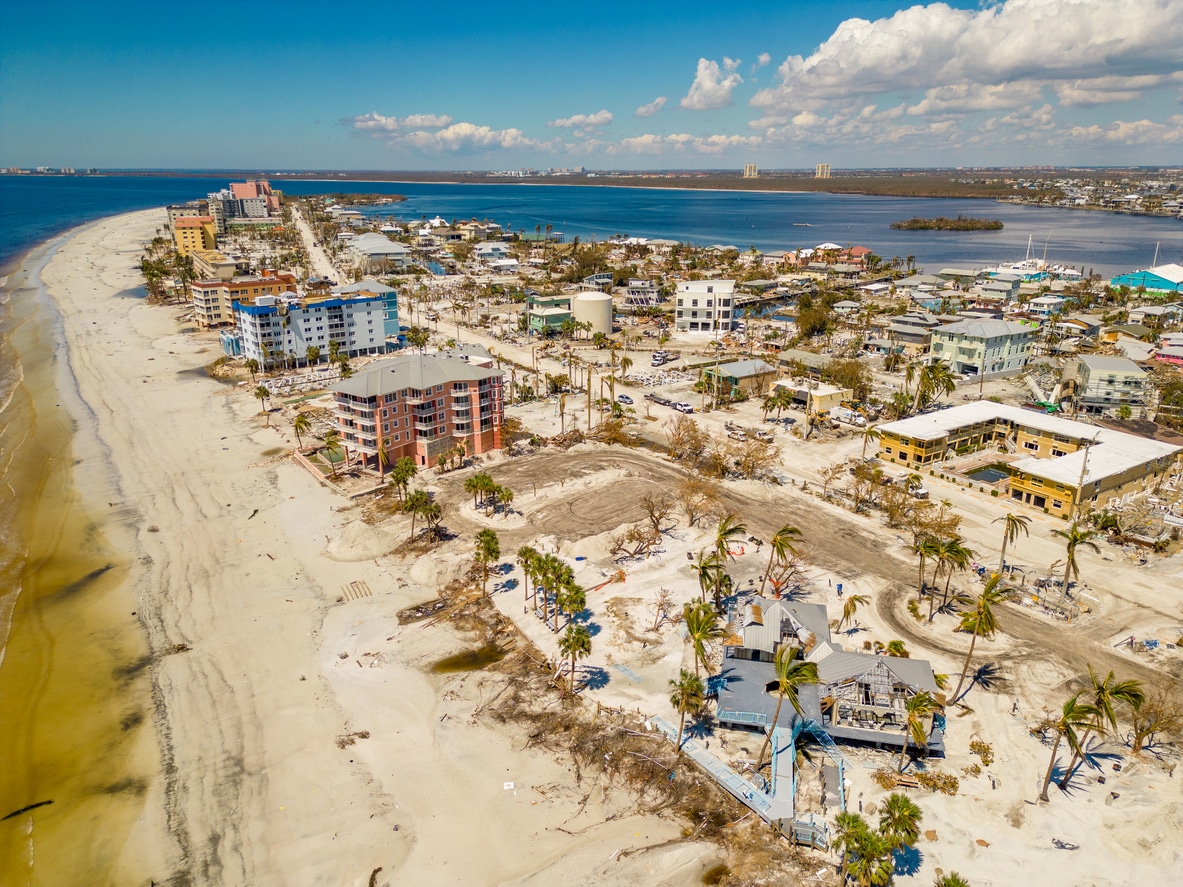
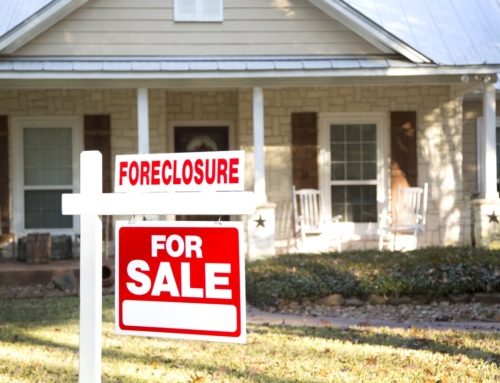
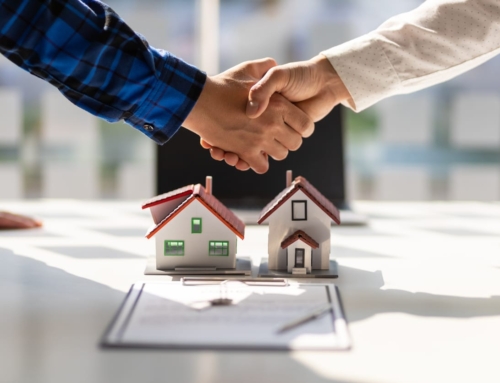
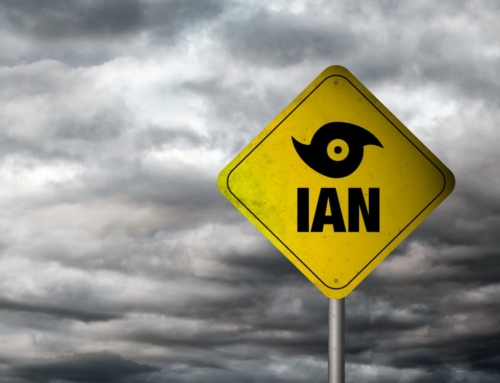
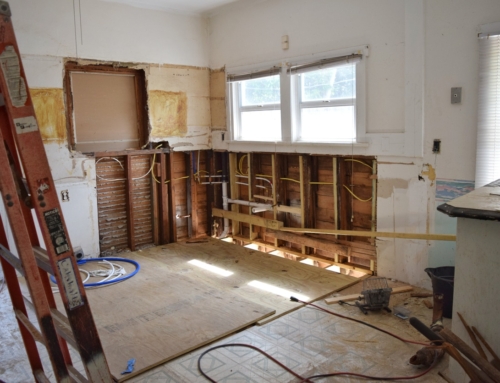
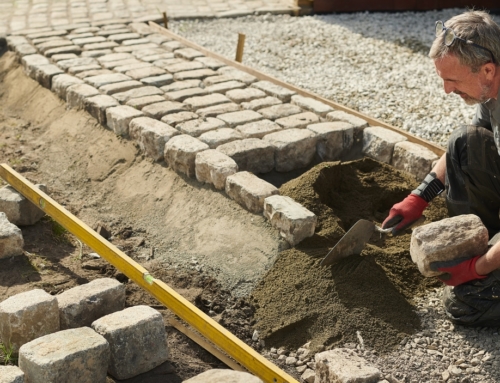
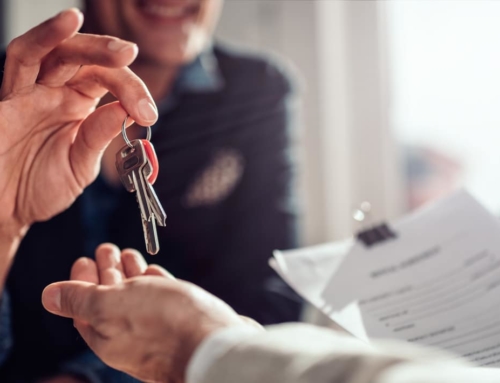
Leave A Comment